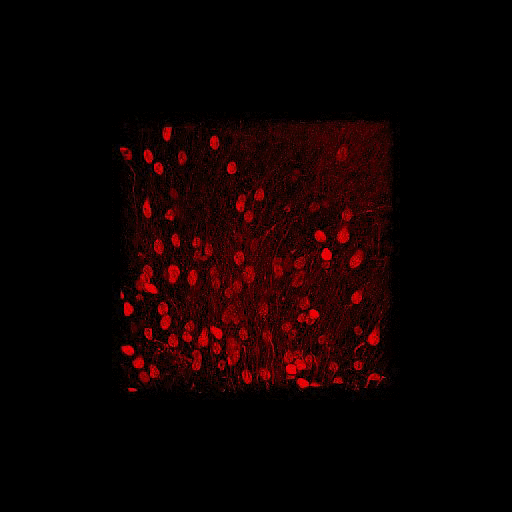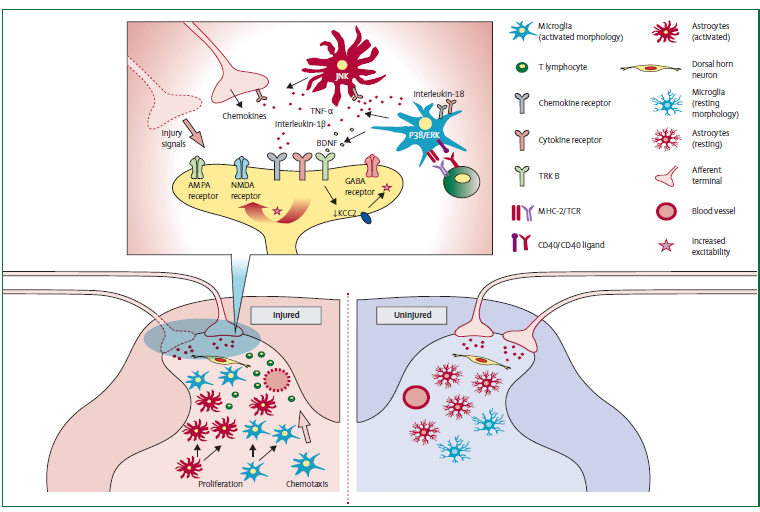What is Neuroimmunology?

Neuroimmunology is the study to understand the interactions between two complex systems, the nervous and immune system. The field was coined in the 1970’s and arose from the realization that individual systems are not responsible for whole-body output and it is the complex interaction between several systems that make up complex behaviors. The biggest realization: the brain is not immune privileged; it is in fact the center of many immunological processes that control behaviors.
The field stems from a broader field termed “PsychoNeuroimmunology or PyschoNeuroEndocrinology”, which take Psychology and Endocrinology into consideration.
Components of the immune system contribute to acute pain states (inflammatory) and the transition to chronic and chronic pain states. Moreover, in the last 15 years neuroimmunology has become a central tenet in understanding pain neuroscience and the development of therapeutic targets.
Interestingly, it appears as if the basis of some pain states as well as basic sex differences have some basis in how the nervous and immune systems are activated and talk to one another. Recent studies implicate the cross-talk with the immune and nervous system is bi-directional.
In the context of pain, activation of immune cells via surgery or bacterial/viral stimulus is able to mediate pain states. Long-term consequences are now being realized and the complex nature of the interactions of the systems lends to the idea that individualized medicine is the future of treating people.

Margarita Calvo, John M Dawes, David L H Bennett
Types of Immune Cells
Innate:
- Macrophage (Monocyte vs Tissue)
- Mast Cell
- Dendritic Cell
- Neutrophils
- Microglia
Adaptive:
- T cell
- B cell
- NK cell
Common Effects on Pain
Pro-inflammatory mediators
- Cytokines: IL-1beta, IL-6, TNF-alpha
- Chemokines: CCL2, CCL1, CX3CL1, CCL5, CCL3
- Prostaglandins: PGE2
- Interferons: type 1 – alpha/beta; type 2 – gamma
- Neuropeptides: CGRP, NGF, Bradykinin, 5-HT, ATP, H+
